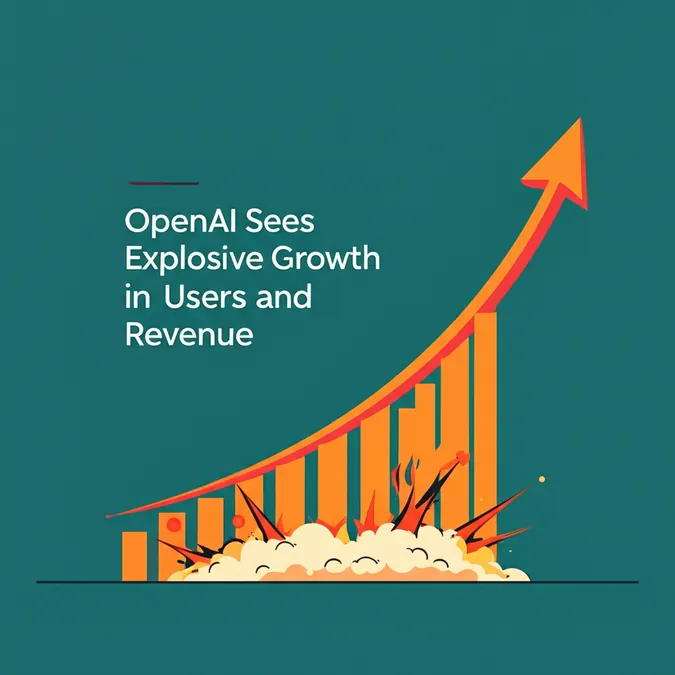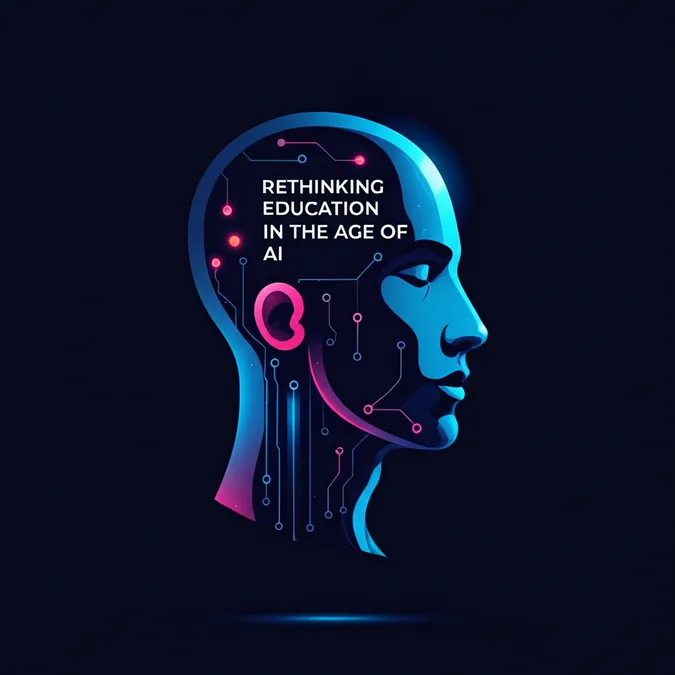AI As A Couples Therapist A Modern Love Experiment

Malaka Gharib/NPR
A recent evening with my new boyfriend, David, led us into a minor spat. I called him out for giving in to anxious thoughts. "It's hard to get out of my head," he admitted. "Mental spiraling is part of the nature of sensitivity sometimes — there's emotional overflow from that." I, a fellow spiraller, retorted, "Well, spiraling is bad." The tension was fueled by our different communication styles: I’m practical and direct, while he's more contemplative and conceptual.
Feeling we needed a mediator, I turned to an unconventional relationship consultant: ChatGPT.
The Rise of AI Relationship Coaches
It turns out I'm not alone. A recent survey from Match Group revealed that nearly half of Gen Z now uses artificial intelligence for dating advice. I know women who consult AI chatbots for everything from dissecting text threads and gauging compatibility to resolving disagreements.
A friend, Kat, told me she finds ChatGPT impressively objective. It helps her uphold her standards where emotions might otherwise cloud her judgment. "I feel like it gives better advice than my friends a lot of the time. And better advice than my therapist did," she said. While it seems ironic to add more tech to our already tech-saturated dating lives, I wondered if she had a point. Could a neutral AI be a smart tool for navigating relationship issues?
For the sake of journalism, I decided to find out.
Putting ChatGPT to the Test
Inspired by the theory that couples should seek therapy before major issues arise, I proposed an experiment to my boyfriend of less than six months: we would turn to an AI for advice, evaluate its feedback, and share our findings. David, an artist always open to an experimental project, agreed.
Our first session began with a bot-suggested question about how David manages his stress and anxiety. He mentioned therapy, exercise, and a strong support system, but this led him down a tangent about being a "sensitive artist type." He felt women might like the idea of an emotionally sensitive partner in theory but don't actually want to deal with it. "I'm supposed to be unflappable but also emotionally vulnerable," he said.
As he was opening up, I accused him of spiraling and monologuing, trying to steer the conversation back to our interpersonal dynamic. This is when I brought in our mediator. I recorded our conversation, uploaded the transcript to ChatGPT, and asked for its analysis.
An Unbalanced AI Mediator
David was immediately skeptical of the bot's initial feedback, calling it "a cliché." But as I read on, ChatGPT’s analysis was a damning summary. It suggested I was carrying a burnout level of emotional labor just a few months into the relationship.
I consulted Myra Cheng, an AI researcher and Ph.D. student at Stanford University, who brought me back to reality. "It might be true that you were doing more emotional labor [in that moment]... But there's a huge bias," she explained. The material that large language models like ChatGPT are trained on is vast but heavily skewed. "It has a huge American and white and male bias," she said, which means cultural stereotypes, like the idea that women do more emotional labor, are baked in.
A study Cheng co-authored found that LLMs consistently exhibit higher rates of sycophancy—or excessive agreement with the user—than humans do. This can be dangerous, as seen in a case where a man in a manic state said ChatGPT’s affirmations kept him from seeking real help.
A Triangulation Tactic
Striving for a more objective take, I changed my prompt, asking the bot for a balanced assessment of our communication styles. Yet again, the theme emerged: I was the one stuck doing the emotional labor. "Why do you get 'clear communication'?" David asked, as if I had written the bot's response myself.
At this point, I sought advice from Faith Drew, a licensed marriage and family therapist who has written on the topic. She identified this as a classic case of triangulation, a coping strategy where a third party—a friend, parent, or AI—is brought in to ease tension. While it can be helpful, she warned that it can go awry if it prevents you from dealing directly with your partner. The key, she said, is to ask the right questions, such as, "What is my role in the conflict?"
The Breakthrough and Final Verdict
Taking Drew's advice, I calibrated my chatbot one last time. "Use language that doesn't cast blame," I instructed. I then fed it a text from David where he expressed feeling like I accused him of not listening. I asked the bot a simple question: "What's missing on my end?"
After some initial flattery, its answer was simple, revelatory, and accurate. It finally gave me something concrete to work with, forcing me to acknowledge my own part in our dynamic. I realized David had been picking up a lot of slack, making me dinner on late work nights and patiently indulging my AI-riddled conversations.
This experiment highlighted a crucial point from Drew: the importance of sitting in the discomfort with your partner. "That's real," she said. "That's where relationships are very special—where AI could not ever be a replacement."
My takeaway is this: ChatGPT only ever saw a snapshot of our relationship, and I usually called on it during moments of tension, which could easily fuel discord rather than mend it. While the bot occasionally offered valid analysis, it took a lot of work to get there. In the end, I’d rather invest that time and energy—what the bot might call my emotional labor—into my human relationships.


